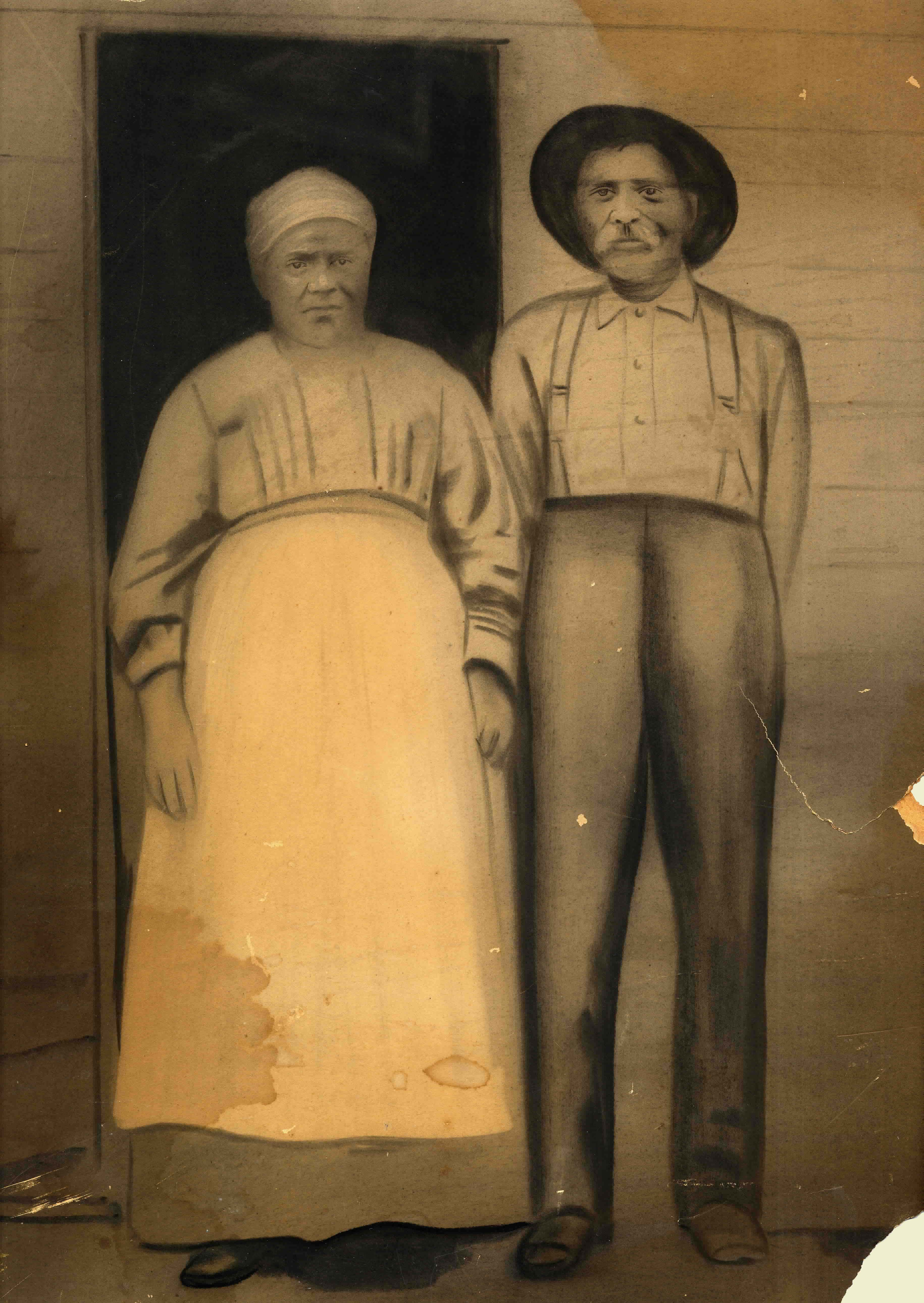|
|
|
 Records
of pursuit tell as that slave owners and their agents knew of this "conspiracy"
against them, and presumed its agency in the flight paths those they sought
may have taken. Maryland was uniquely situated to support such flight that
operated "beneath" anything connected to a more formalized UGRR. Most importantly
in this way was its access to major cities at Baltimore and Washington,
DC. Free blacks generally, urban ones in particular were the usual suspects
for those pursuing runaways. If a fugitive had free kinfolk in nearby big
cities, the complicity of such kin was presumed. The cities of the upper
south, particularly large cities, offered, perhaps the safest place, for
the influence of northern UGRR's vigilance committees to be felt by those
on the run. It is believed, for example, that free black street vendors
in Baltimore acted as "agents," directing would-be passengers to people
in Philadelphia, New York, and elsewhere. Indeed, activities that transpired
in Maryland seem to have fed the Underground Railroad which most often
picked up "passengers" once they had reached Pennsylvania, carrying them
to New York, New England, or Canada. But free blacks could and did act
independently in helping those on the run. Frederick Douglass's account
of his escape from Baltimore demonstrates this clearly. Over its 30 year
scope, taking into consideration the number of advertisements, notices
of committal, and jail docket entries, our study has yielded a population
"on-the-run" of greater than 4,500. While this number does not account
for duplicate entries (those who appear in all three sources - ads, notices,
and dockets, which is possible but not as frequent as one might assume)
the actual number is also likely to rise when other Maryland jurisdictions
are brought in later in the work. Many in this number were believed to
have escaped and/or evaded recapture due to the complicity of other people.
A conspiracy, indeed. Records
of pursuit tell as that slave owners and their agents knew of this "conspiracy"
against them, and presumed its agency in the flight paths those they sought
may have taken. Maryland was uniquely situated to support such flight that
operated "beneath" anything connected to a more formalized UGRR. Most importantly
in this way was its access to major cities at Baltimore and Washington,
DC. Free blacks generally, urban ones in particular were the usual suspects
for those pursuing runaways. If a fugitive had free kinfolk in nearby big
cities, the complicity of such kin was presumed. The cities of the upper
south, particularly large cities, offered, perhaps the safest place, for
the influence of northern UGRR's vigilance committees to be felt by those
on the run. It is believed, for example, that free black street vendors
in Baltimore acted as "agents," directing would-be passengers to people
in Philadelphia, New York, and elsewhere. Indeed, activities that transpired
in Maryland seem to have fed the Underground Railroad which most often
picked up "passengers" once they had reached Pennsylvania, carrying them
to New York, New England, or Canada. But free blacks could and did act
independently in helping those on the run. Frederick Douglass's account
of his escape from Baltimore demonstrates this clearly. Over its 30 year
scope, taking into consideration the number of advertisements, notices
of committal, and jail docket entries, our study has yielded a population
"on-the-run" of greater than 4,500. While this number does not account
for duplicate entries (those who appear in all three sources - ads, notices,
and dockets, which is possible but not as frequent as one might assume)
the actual number is also likely to rise when other Maryland jurisdictions
are brought in later in the work. Many in this number were believed to
have escaped and/or evaded recapture due to the complicity of other people.
A conspiracy, indeed. |
|